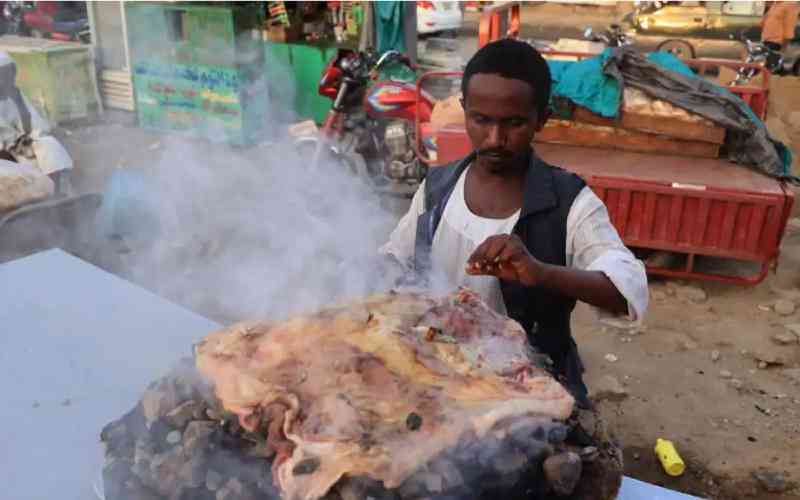×
The Standard e-Paper
Home To Bold Columnists

As Sudan marks eight months of a horrific war that has killed more than 12,000 people and displaced 6.6 million, United Nations food agencies are warning of a looming hunger catastrophe by next year's lean season, when food stocks will be at their lowest.
A new analysis released Friday by the Integrated Food Security Phase Classification - a scientific evaluation of food security - warns that nearly 18 million people across Sudan face acute hunger.